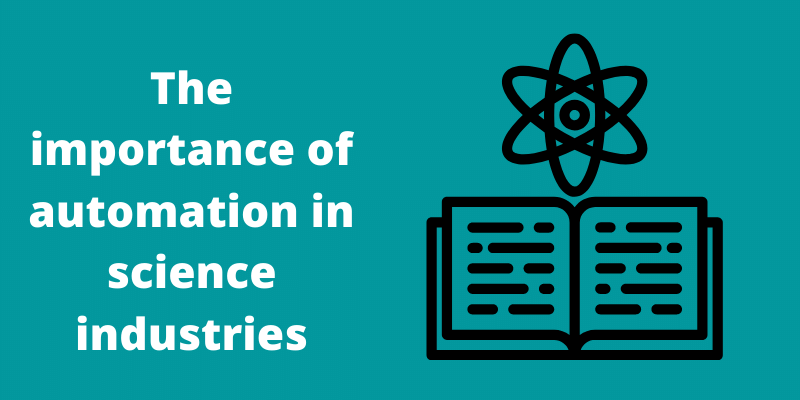
The importance of automation in science industries
As you may well know, automation is a huge part of many industries, ranging from finance to information technology, from manufacturing to shipping. Yet, an industry that is surprisingly often overlooked is that of science. Now of course huge firms dealing with chemicals or pharmaceutical related products would employ an extensive amount of automation. But this is often not followed up by small or medium size operations which rely on less sophisticated technologies.
The challenge of introducing automation to SMEs
It is undisputable that automation helps to boost the productivity of your workplace and gives you an excellent return on investment. However, that does not make its initial capital investment any easier to shallow. Not all businesses are in a position to fully automate their processes. This is particularly so for those in science who short of having giant investors, usually run a boot strap operation. How then can SMEs afford to get these same productivity gains at an affordable price?
Using smaller scale technologies
The answer lies in niche technologies such as mini powder dispensing equipment. Instead of investing into large fully automated production lines, niche singular task equipment can be acquired. This offers several up sides.
Affordability
Firstly, they are significantly more affordable due to the simpler technology involved and the lower cost of assembling them. Given that SMEs or SMBs often have tight budgets and unpredictable demand for their products, having less capital tied up could be important to maintaining their liquidity.
Insufficient demand
Secondly, even if SMEs were to acquire industrial grade technology, their demand would likely not be sufficient to maximise the use of the machines. As such, while products would be produced with great quality and speed, the machine could find itself not being in use for significant amounts of time where there is no demand. This would mean a poor return on investment which would set your company back for a long time.
User orientated
Thirdly, advance automated technologies can be difficult to set up. For a smaller company with less manpower to spare, having to set aside time to set up such machines might not be feasible. On the other hand, semi-automation technologies are typically easier to use. With less parameters to key in, users are able to assert more control over the process from the get-go.
Removing the bottleneck
Taking a leaf out of the playbook of operations, any process has a technical bottleneck. This refers to the stage in the process that is holding back the rate of output of the entire process. When the bottle neck is relieved, the overall output of the process is increased.
Learning from this, SMEs can choose to tackle the bottleneck through automation rather than proceeding to replace the entire production line with advance solutions at a high cost.






